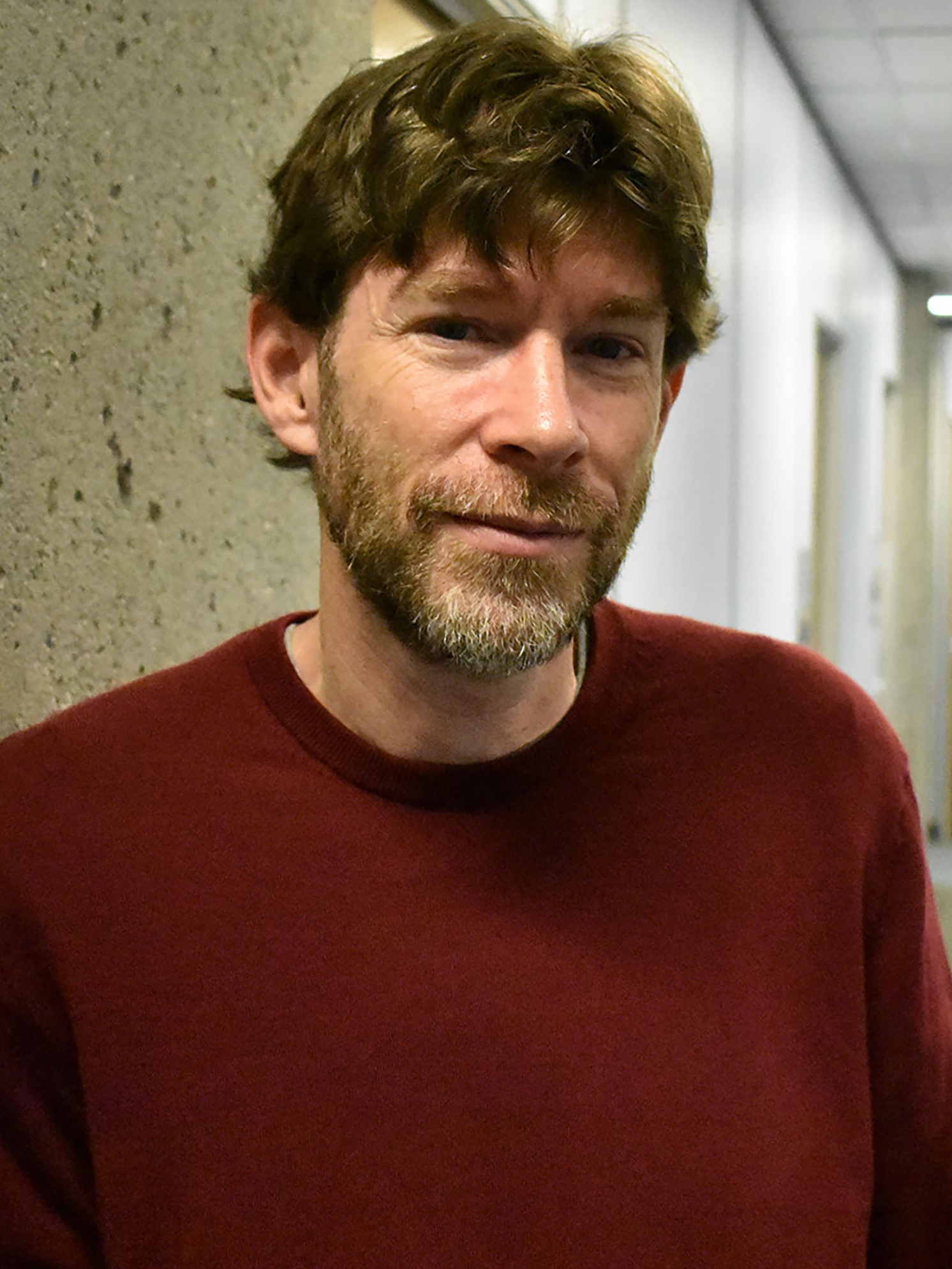Eagle Glassheim
Thematic Research Area
Regional Research Area
About
Send me an email to inquire about office hours and appointments.
Teaching
Research
Eagle Glassheim’s first book, Noble Nationalists: The Transformation of the Bohemian Aristocracy, was published by Harvard University Press in 2005. His most recent book, Cleansing the Czechoslovak Borderlands, was published by University of Pittsburgh Press in 2016. Ongoing research interests include the environmental and social history of mining in Europe and North America in the twentieth century.
SSHRC Insight Grant 2021-26 for project “Revitalizing Mining Landscapes and Communities: Ecological Restoration, Heritage Preservation, and Economic Development in the Age of Mass Destruction Mining”
Interview with Eagle Glassheim on Coal, Communism, and the Czechoslovak Borderlands.
Interview on Most: The Town that Moved.
Introduction to Cleansing the Czechoslovak Borderlands.
Research Interests
- History of East/Central Europe
- Habsburg Central Europe
- Modern Germany
- Environmental History
Publications
Books
Cleansing the Czechoslovak Borderlands: Migration, Environment, and Health in the Former Sudetenland. University of Pittsburgh Press, 2016.
Czech translation: Očista československého pohraničí: Migrace, životní prostředí a zdraví v bývalých Sudetech. Academia, 2019.
Noble Nationalists: The Transformation of the Bohemian Aristocracy. Harvard University Press, 2005.
Czech translation: Urození Nacionalisté: Česká Šlechta a Národnostní Otázka V 1. Pol. 20. Století. Garamond, 2012.
Articles
“Building a Socialist Environment: Czechoslovak Environmental Policy from the 1960s to the 1980s.” In Astrid Kirchhof and John McNeil, eds., Nature and the Iron Curtain. Environmental Policy and Social Movements in Communist and Capitalist Countries 1945-1990 (Pittsburgh: University of Pittsburgh Press, 2019). 137-150.
“Čtyři města, která se přestěhovala. Lokální a globální historie hornictví ve 20. století” [“Four Towns that Moved: Local and Global Histories of Mining in the Twentieth Century.”] In Klára Pinerová, ed., Jáchymov – jeviště bouřlivého století [Jachymov: Stage of a Turbulent Century] (Prague: Institute for the Study of Totalitarian Regimes, 2018). 105-123.
“Unsettled Landscapes: Czech and German Conceptions of Social and Ecological Decline in the Post-War Czechoslovak Borderlands,” Journal of Contemporary History, vol. 50, no. 2 (2015): 318-336.
“Heimat a jeho dlouhý stín: Lidská a přírodní ekologie československého pohraničí.“ [Heimat’s long shadow: Human and natural ecologies of the Czechoslovak borderlands.] Dějiny a současnost, vol. 32, no. 10 (2010): 16-19.
“Most, the Town that Moved: Coal, Communists, and the ‘Gypsy Question’ in Post-War Czechoslovakia.” Environment and History, vol. 13, no. 4 (November 2007): 447-476.
“Ethnic Cleansing, Communism, and Environmental Devastation in Czechoslovakia’s Borderlands, 1945-1989.” Journal of Modern History, 78, no. 1 (March, 2006): 65-92.
“The Roots of Fascist Ideology among Bohemian Nobles, 1880-1938.” In Mark Cornwall and Robert Evans (eds.), Czechoslovakia in a Nationalist and Fascist Europe: A Critique from Within and Without 1914-1950. London: The British Academy, 2007.
“Between Empire and Nation: The Bohemian Nobility, 1880-1918.” In Pieter Judson and Marsha Rozenblit (eds.), Constructing Nationalities in East Central Europe. New York: Berghahn Books, 2004.
“The Mechanics of Ethnic Cleansing: The Expulsion of Germans from Czechoslovakia, 1945-1947.” In Philipp Ther and Ana Siljak (eds.), Redrawing Nations: Ethnic Cleansing in East-Central Europe, 1944-1948. Cold War Book Series No. 4. Boulder: Rowman and Littlefield, 2001. 197-219.
“National Mythologies and Ethnic Cleansing: The Expulsion of Czechoslovak Germans in 1945.” Central European History, vol. 33, no. 4 (November, 2000): 463-486.
